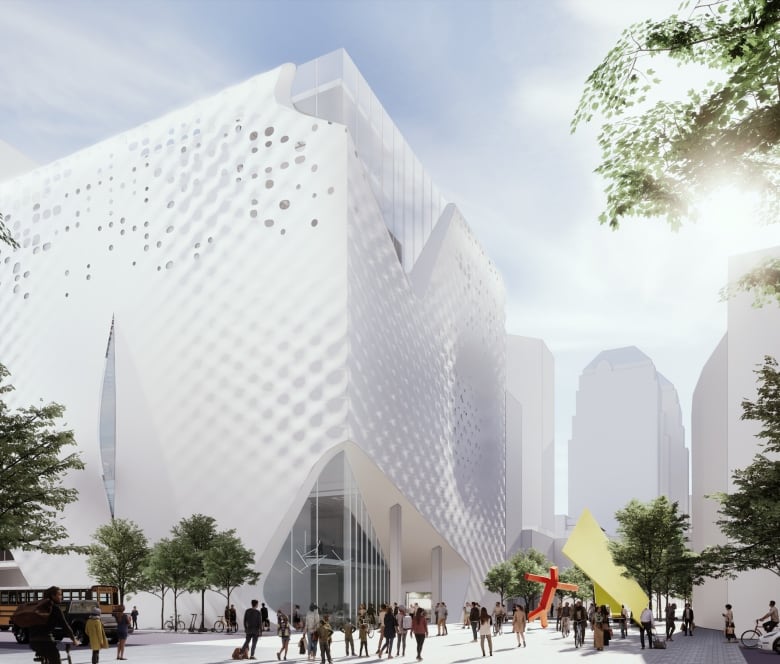Explore the treasures of Calgary’s Glenbow Museum’s extensive collections.
Learn Concerning the Historical Relevance of Glenbow Gallery in Calgary
The Glenbow Gallery, a foundation of Calgary's cultural heritage considering that its inception in 1966, serves not just as a repository of artifacts but also as a vibrant platform for discovering the intricacies of Western Canadian history and Indigenous art. As the gallery proceeds to involve with the neighborhood with innovative programs and exhibits, one may wonder just how its role might adapt in an ever-changing social landscape.
Foundation and Early Years
The Glenbow Museum's foundation in 1966 noted a zero hour in Calgary's cultural landscape, reflecting the city's growing dedication to the arts and heritage. Established by the Glenbow Foundation, the museum aimed to produce a dynamic room for the collection, conservation, and exhibition of art and historical artefacts. The vision was to promote a deeper understanding of the varied societies and backgrounds that formed the area.

Furthermore, the Glenbow Gallery's commitment to education and outreach programs laid the groundwork for its long-lasting impact. By cultivating partnerships with schools and community organizations, the gallery emphasized the significance of cultural literacy and historic awareness. Hence, the structure and early years of the Glenbow Museum contributed fit Calgary's identity as a dynamic center for arts and society.
Indigenous Art and Culture
A considerable element of the Glenbow Gallery's mission is its devotion to Native art and culture, which plays a crucial duty in the story of copyright's background. The gallery functions as a platform to showcase the abundant and diverse artistic expressions of Aboriginal individuals from throughout the country, promoting a much deeper understanding of their histories, practices, and contemporary experiences.
With its considerable collection of Indigenous artefacts, artworks, and exhibits, the Glenbow highlights the relevance of Indigenous societies fit copyright's identification. This commitment is obvious in the museum's collaboration with Indigenous artists, curators, and neighborhood members, guaranteeing their voices are prominently included in exhibitions and programming.
The Glenbow also takes part in instructional initiatives intended at advertising awareness and appreciation of Native point of views. By hosting workshops, talks, and cultural occasions, the museum offers opportunities for visitors to find out regarding the intricacies of Native art forms, narration, and spiritual methods.
In doing so, the Glenbow Gallery not just maintains Native heritage but also contributes to the continuous dialogue regarding settlement, respect, and recognition of Indigenous civil liberties and payments in the broader Canadian context.
Western Canadian History
Within the context of Canadian background, Western Canadian history includes an abundant tapestry of events, societies, and growths that have significantly shaped the nation's identity. This area, defined by its varied landscapes and indigenous populations, has actually played a critical function in the more comprehensive story of copyright. The hair profession, initiated in the 17th century, marked among the earliest financial activities, fostering partnerships in between European inhabitants and Aboriginal individuals and resulting in the facility of trading messages that came to be fundamental to Western growth.
The arrival of settlers in the 19th century, driven by the guarantee of land and chance, catalyzed significant demographic and cultural changes. The development of railways assisted in not only financial development but likewise the activity of people and ideas, linking numerous social impacts. Secret historical events, such as the North-West Disobedience of 1885, highlight the stress between Native areas and settlers, forming political discussion and policies that reverberate to this day.

Neighborhood Engagement Campaigns

In addition, Glenbow hosts routine workshops and interactive events designed to engage different demographics. These campaigns not just enhance site visitors' experiences however likewise encourage discussion and collaboration among community participants. The gallery's concentrate on inclusivity is additional exemplified with collaborations with neighborhood companies, which help to magnify underrepresented voices and tales.
Via its dedication to community interaction, the Glenbow Museum serves as an important social center, nurturing curiosity and creative thinking. By supplying opportunities for hands-on knowing and participation, the museum reinforces its duty as a facilitator of cultural exchange, permitting individuals to forge individual links with the abundant history and imaginative expressions of Western copyright - Glenbow Museum location. Eventually, these campaigns contribute to a dynamic community identification and a deeper understanding of common heritage
Existing Events and Future Directions
Consistently showcasing a diverse range of exhibits, the Glenbow Gallery remains to highlight both historical and contemporary stories that resonate with the area. Presently, the gallery features exhibitions that look into Indigenous art, Canadian history, and modern social issues, fostering a discussion in between previous and existing. Significant exhibitions include "Unwanted: Canadian Ladies Musicians in the Modern Minute," which discovers the payments of females artists and their impact on the art scene.
Looking in advance, the Glenbow is poised to expand its shows to consist of more interdisciplinary tasks, collaborating with neighborhood musicians and historians to create immersive experiences that show Calgary's developing identification (Glenbow Museum location). Future events intend to engage a more comprehensive target market by incorporating digital media and interactive aspects, ensuring access for all visitors
Furthermore, the gallery intends to enhance area participation with workshops and curricula, strengthening its commitment to being a cultural center that mirrors the diverse voices of the region. By continually evolving its exhibit offerings and outreach efforts, the Glenbow Museum continues to be a vital institution dedicated to preserving and translating the abundant tapestry of Alberta's history and imaginative expression.
Conclusion
The Glenbow Gallery offers as a pivotal organization in Calgary, fostering an understanding of both Native and settler backgrounds. With its comprehensive collections and ingenious exhibits, the museum preserves and showcases the rich tapestry of Western Canadian society.
Please visit one of our local supporters - Alpine Exteriors - Siding And Roofing Companies